Berlin: Fifth in the ranking

Given the good results Berlin offers to those who move to live in the city, it is no surprise that 20% of its citizens are foreigners. The German capital has been gaining increasing recognition and has established itself as a popular destination for telecommuting or as a means of career development in a different country.
Its fifth position in the survey results is well-deserved, mainly due to its great leisure offer, its public transport network and its satisfactory gastronomy. Living in Berlin means enjoying a very complete city that generally satisfies all residents.
Berlin is the most populous city in Europe and one of the main points of interest in economic and industrial terms. Its commitment to culture, with more than 100 museums, has brought the German capital to the attention of more and more people. Today, it is one of the cities with the highest number of international citizens who have settled in Germany and built families thanks to the country’s good health.
The results of our survey have placed Berlin right in the middle of the top 25 cities, behind Amsterdam and ahead of Barcelona. It is a place that, according to the respondents’ perception, offers great advantages for life.
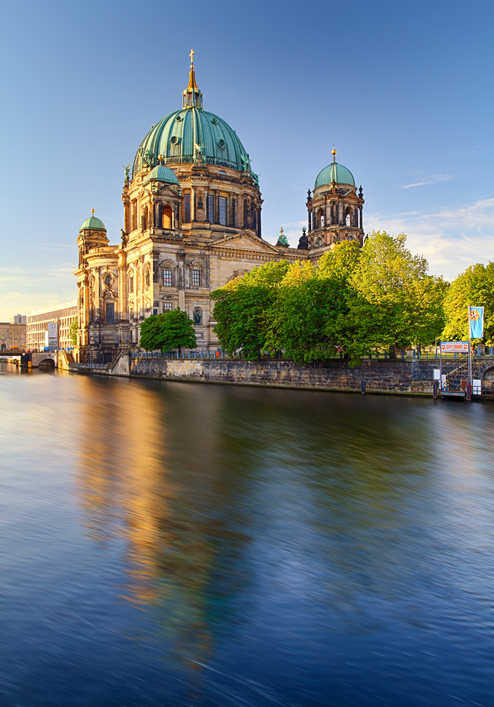
It is clear to the more than 25,000 people who took part in our survey: Berlin stands out for many reasons, but not for its climate. Berlin’s problem is that, as a good continental climate, the temperature is too contrasting and the highs and lows are too pronounced. In summer the differences are less noticeable and it is not even difficult to get through the worst months of heat by adjusting clothes, using a fan or opening the windows.
But in winter the situation becomes more complicated due to low temperatures, high precipitation and all that this entails, such as ice and snow. From December onwards, a cold season begins that is not easy to get used to and requires residents to wrap up warmly. It is not only important to wear jackets that provide good protection from the cold, but also footwear that insulates as much as possible.
The weather is so cold in these months that it is not uncommon for the river Spree to freeze over. The main thing that stands out in the answers is that December is also the start of Christmas and Christmas is celebrated in style, which makes up for it.
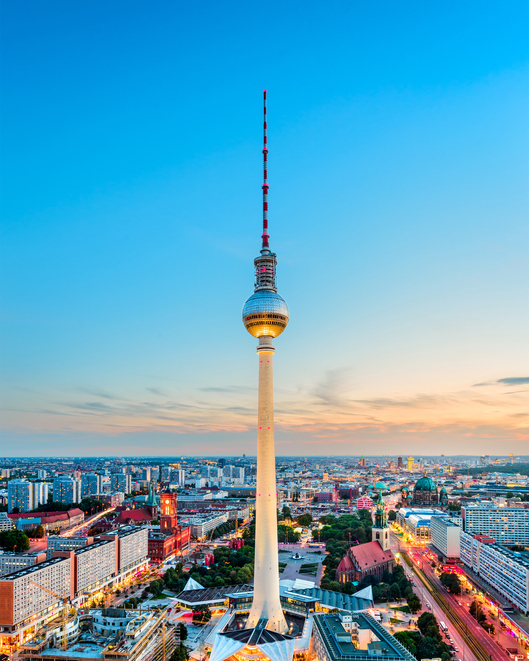
Berlin is the third best European city in terms of public transport, something it achieves because of the positive impressions of those who use its efficient combined system of different methods of travel. The city’s vast map and size is easily covered by rail, metro, trams, buses and ferries.
The main responsibility for public transport lies with the underground, known as the U-Bahn, or the train, known as the S-Bahn. And what is surprising is that, although the train service is not operated by the same entity as all other modes of transport, it operates in a fully integrated and united manner that always works in favour of the user.
On the other hand, the responses collected point to public transport prices, which are low and well adjusted so that they do not represent an effort for citizens. A good night service is also mentioned. Thus, from the moment the metro and trains close, buses and trams continue to provide a service for passengers. This makes it easy to get used to this system of transport.
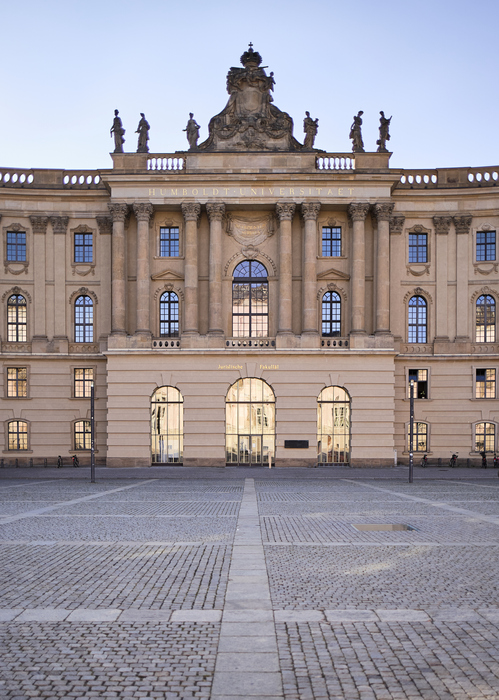
The German capital tries to ensure that all students, regardless of their background or country of origin, find good support to study comfortably. This also makes it easier for parents to adapt to new living conditions when they move to Berlin. In this respect, the capital city has the Europaschule programme, which supports young Europeans to study in the best possible conditions.
The Europaschule aims to enable pupils to start studying not only in German, but also in a second language, which they can choose from a number of different options. But it is not the only support offered within this type of terms, as there is also the Französisches Gymnasium Berlin, which provides training in German and French.
For German and English language training, one should enrol at the John F. Kennedy School, which is the place where the children of diplomats and other internationally displaced persons living in Berlin study. In addition, there are institutions where Greek and Latin are taught at various levels. On the university circuit, about 20% of students are of international origin.

Berlin is a drastic move away from more elegant and modern styles of dining towards a cuisine where the focus is on quantity and satisfaction. This makes it less attractive for travellers on holiday, but on the contrary, it generates a great sense of well-being among foreigners living in the city.
Many of the jobs in Berlin require intensity and effort, and the dishes served in the restaurants are prepared to meet this need. Some of the main ingredients are sausages or sauerkraut, especially the wide variety of sausages that can be found, more than 1,000 different ones.
In our ranking, Berlin’s gastronomy scored highly. According to the responses, it has aspects that could be improved, but also very positive aspects that in the survey have placed it in fifth position on the list. One of the most popular dishes is the currywurst, a very efficient fast food dish that combines fried potatoes and broken sausage pieces with a special sauce and touches of curry powder. Kebabs also have a long tradition.
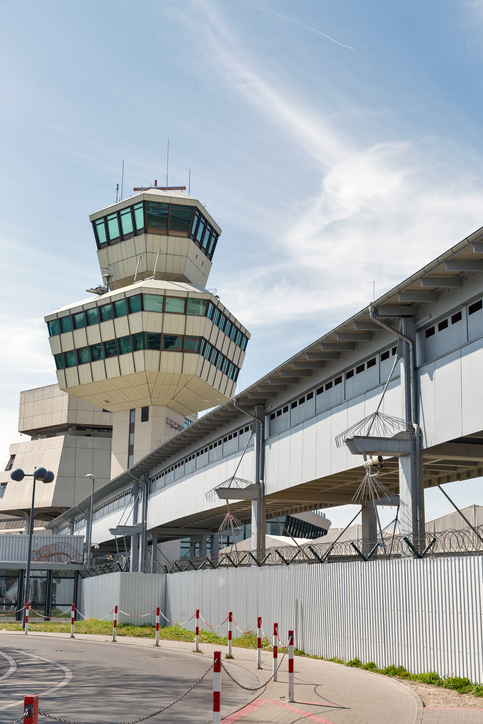
Since 2020 Berlin has had a new airport which acts as the hub for all air traffic in the capital. Previously, a combination of three airports – Schönefeld, Tegel and Tempelhof – was used, which logistically was not the best option for travellers and residents. For the time being, the new airport still has a long way to go, and because it is so new, many people have not yet used it.
This may explain why Berlin only came ninth in the ranking of international connections, ranking only above Rome in the top 10. The new airport, known as Berlin-Brandenburg Willy Brandt Airport, also has the disadvantage of not being very close to the city, as it is only 18 kilometres away.
For now, Berlin’s airport is not the busiest in Germany, but it is increasingly concentrating more and more international flights and connections, possibly leading to this in the future. Its modern facilities and the connectivity it provides with respect to other German airports puts it in a good position.
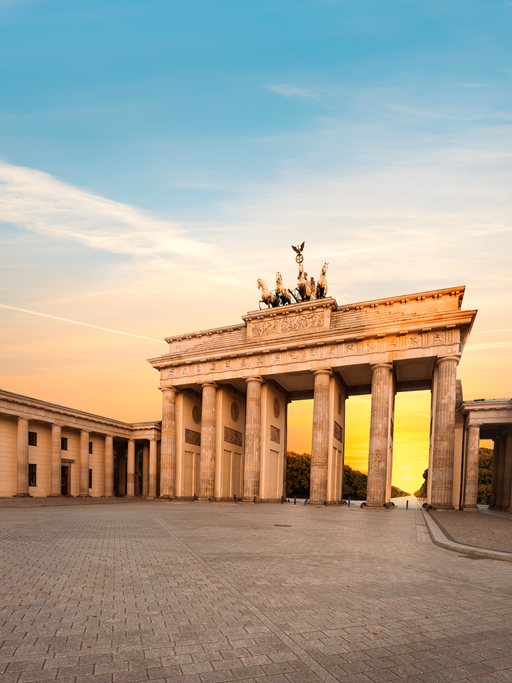
Berlin does not make it into the safety top ranking, with places such as The Hague, Geneva or Rotterdam being considered safer. There are German cities that are recognised as safer, mainly due to lower population levels and less tourism.
The most important thing for Berlin residents to bear in mind is to avoid certain nights in the city at night, as this is the time when they can expose themselves to risky situations. For example, there are locations that are very touristy during the day, but at night they change their style and can lead to complicated situations. This is the case of Kottbusser Tor, Hermannplatz, Kleiner Tiergarten and Alexanderplatz. These places tend to be where most of the theft, crime and drug dealing activity is concentrated, which can put those passing by in a delicate situation.
It is also advisable to avoid the fringes of areas such as Nollendorfplatz and Schöneberg-Nord, as they have a long record of night-time incidents and conflicts. As a result, Berlin is very different from other European cities, being very safe during the day, but at night it is difficult to be present in certain areas.
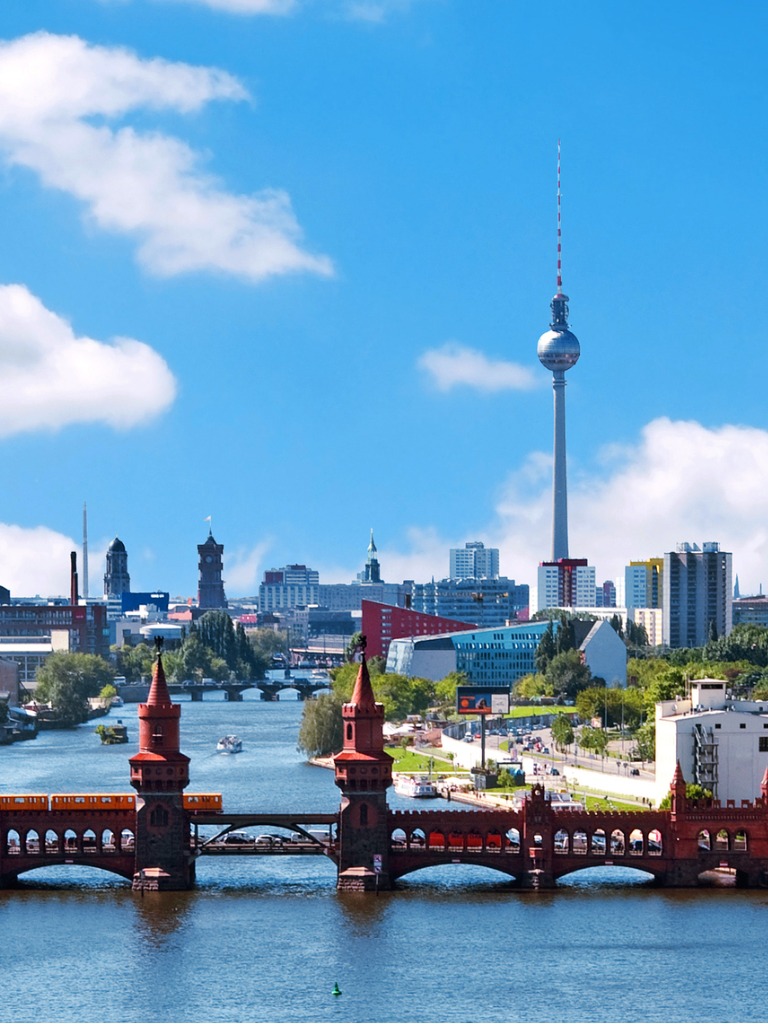
The German capital has long since decided to opt for a sustainable approach to all aspects of life in Berlin. Among citizens and the government, there is a strong advocate for living as green as possible, for vegetarian food and for lifestyles that help to protect the environment. This has created a favourable impression in our survey, in which Berlin ranks ninth for sustainability.
It is behind Milan and The Hague, which occupy the top positions, but ahead of Lisbon. Berlin’s sustainability work is also reflected in the large number of parks and gardens throughout the city that help to increase the capital’s green heart.
In total, Berlin has more than 440,000 trees and more than 2,000 parks and gardens, aspects that benefit the city when it comes to positioning itself ahead of many other European and German regions in terms of sustainability and ecology.
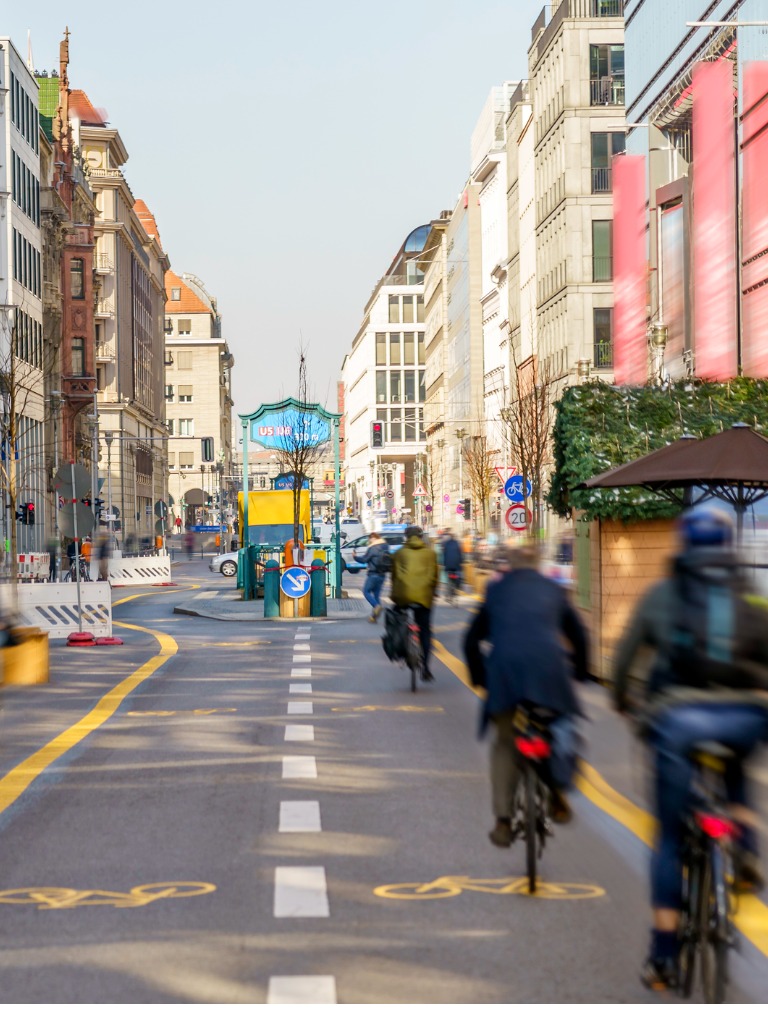
While some prices and living costs are reasonably cheap in Berlin, the overall assessment of the city is not so positive. For example, housing prices in the German capital are lower than in other European cities. The German population, especially the young, is not so inclined to buy a house, which means that rental prices are cheaper.
But other costs related to day-to-day living in Berlin are not as affordable, such as food, public transport and the costs of going out during the day and at night.
The impact of this situation is reflected in Berlin’s absence from the top 10 European cities with the best cost of living, such as Lyon, Lisbon or Madrid. Professionals considering living in Berlin will have to take into account the price characteristics of the city.
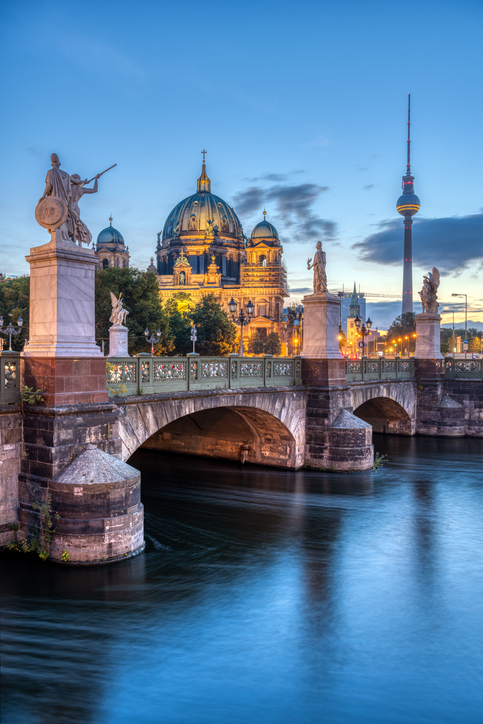
In recent years there has been a strong cultural movement that has transformed Berlin into one of the great European cities for the cultural environment. Many artists from different disciplines have moved to the German capital with the intention of enjoying its great cultural contribution and the many activities on offer.
One of the city’s main cultural offerings is directly related to museums, as there are more than 200 different museums in the city. To enjoy a large number of them, all you have to do is head for the complex known as Museum Island, where you can visit all kinds of centres offering a wide variety of experiences. This is a great option for residents, as they will always have a new museum to enjoy.
Culturally, Berlin ranks ninth in our survey and is also notable for its large number of theatres and other venues where plays are performed and live music is played. There are many different styles to choose from so that everyone can have a good time throughout the year.
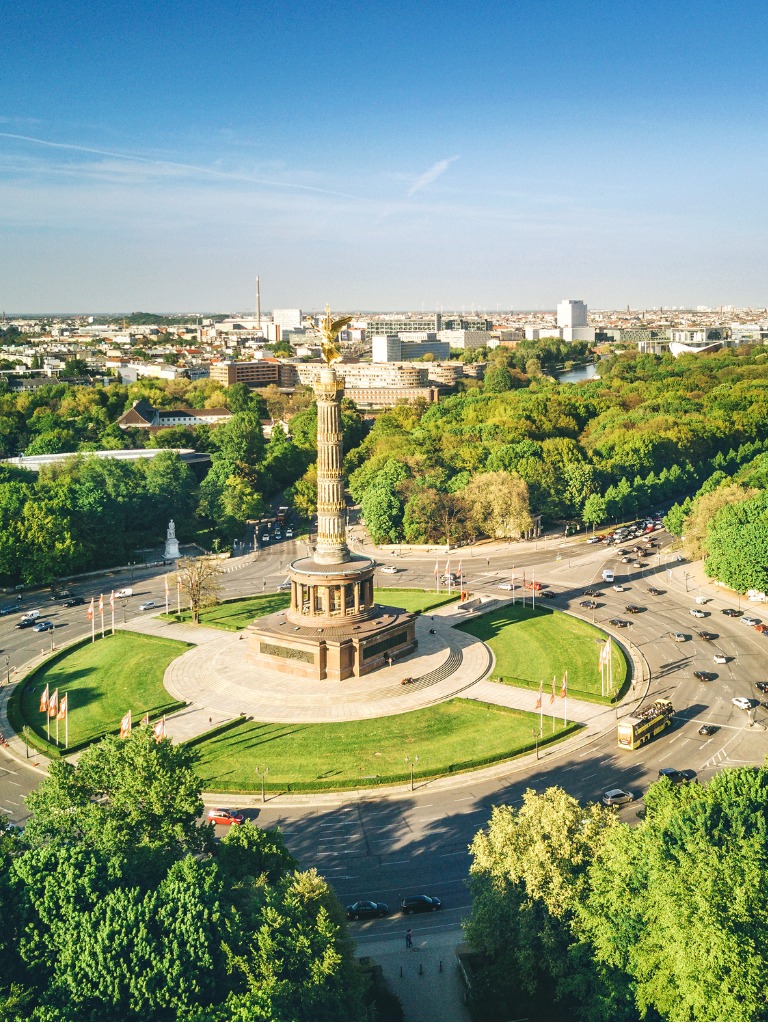
The fact that Berlin is in fourth place in the leisure ranking of our survey makes it clear that this German city is the perfect place to have a good time. While visitors and tourists also have a great time, residents, once they have started to get used to life in Berlin, discover new ways to enjoy themselves.
The city ranks behind only Rome, Barcelona and Prague, and ahead of other places such as Amsterdam, Vienna and Lisbon. After all, Berlin has plenty to offer. Relaxing days can be spent in the Tiergarten, a park that is considered to be Germany’s Central Park due to its huge number of trees and greenery. You can also go shopping in the large shopping areas, discover the charm of the flea markets or take the children to Jacks Fun World, an indoor park with a surface area of over 4,000 square metres.
For nightlife, places like Friedrichshain-Kreuzberg or Prenzlauer Berg are recommended, although most of the city’s major areas have good places where you can enjoy good music sessions and nightlife.
